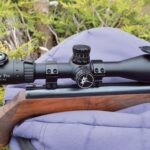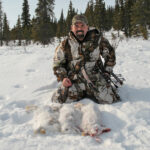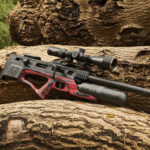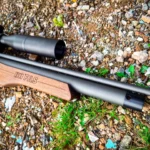The most eye-opening learning experiences that I had in my early years were when I started branching out from my home state of Wisconsin. Falling on my face a few times while trying to improve and manage new deer hunting properties taught me very swiftly that few things work everywhere. Deer all have their own personalities, the habitat changes from fence line to fence line and the specifics of each area are quite different. Combine that all and I’ve found it a bit risky to make blanket statements about whitetails, habitat and even the best habitat improvements. Too often, what’s best for one is an utter disaster for another.
That applies to food plot plantings to a great extent, as well. Go to the northwoods of Minnesota, the Upper Peninsula of Michigan or any other large, exclusively wooded area. The same plantings that are ignored in the farm belt can be true deer magnets in the big woods, simply due to a lack of better options.
Go to the dry, sand country of the Southwest and try growing clover in the desert-like conditions without irrigation. It really doesn’t matter that the deer would love it — if it simply won’t grow.
There are a whole bunch of factors that play into these types of things. Still, the longer that I focus on habitat improvements, I keep coming back to the same five crops that find their way into my various food plots. No, I don’t have any great solutions for the desert, but these will do well for almost everyone else, as they are easily my top five deer plantings.
1. Cereal Rye
Cereal rye is such a backbone of my food-plotting methods that I recently wrote an entire article on it. If you’re not well versed on the benefits of cereal rye, I strongly recommend reading that piece carefully. Cereal rye truly is a food plot and deer-feeding workhorse.
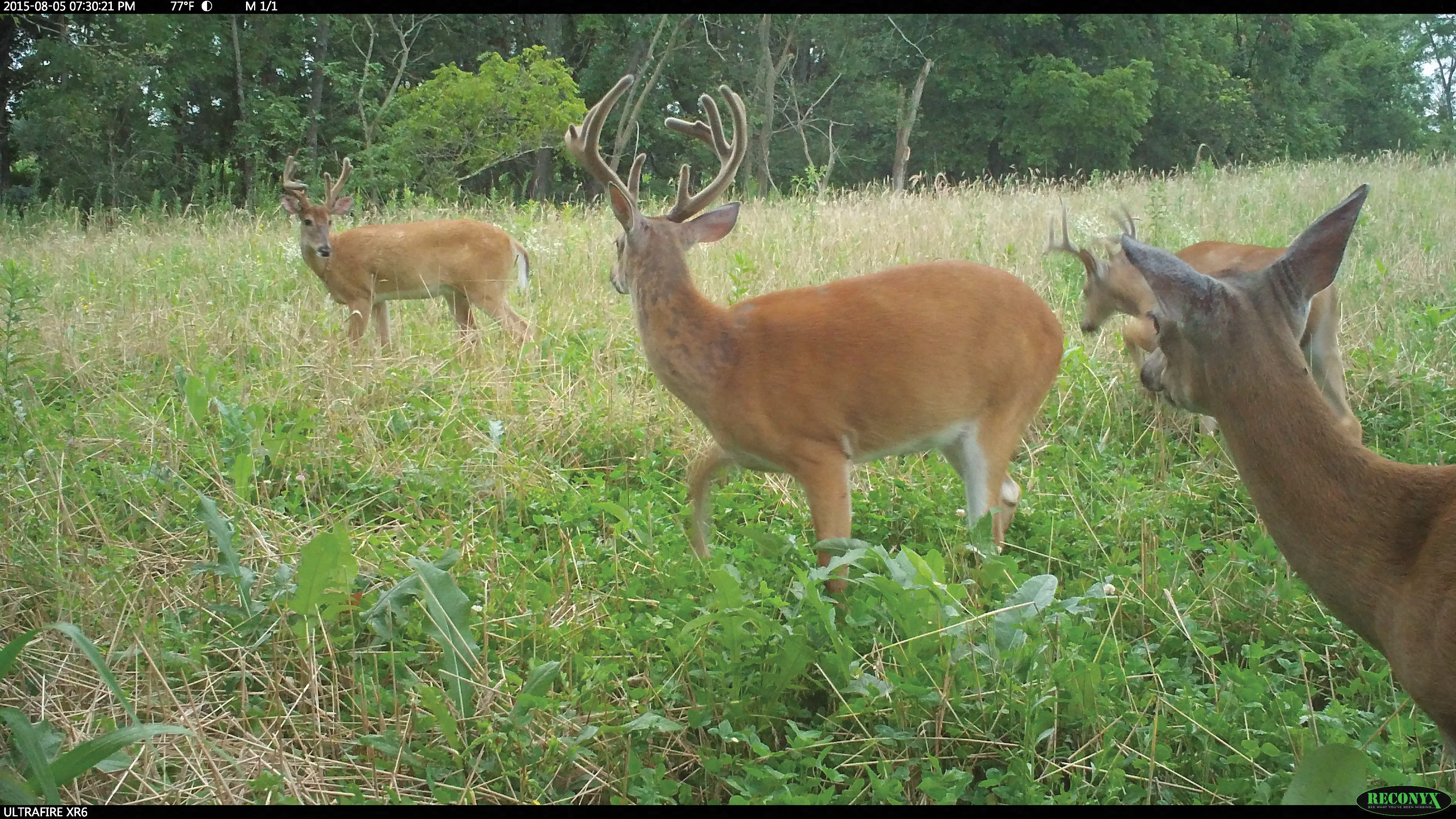
The highlights are that it does extremely well at building the health of the soils, while being very easy to grow, offering superior weed control properties and it merely goes dormant during freezing temperatures. The dormancy is important since not only is cereal rye a powerful draw during deer season, it also is during any portion of winter that snow depths allow deer to paw through the snow to the feed. At the same time, any temperature thaws result in a near instant snap back to growth mode. This 15% protein source that’s highly digestible two to four weeks before spring green up can be a tremendous aid to whitetail survival and health, as well as a big antler builder.
Rather than go any deeper on the subject, please read the entire article. Basically, cereal rye is a tremendously productive planting for both deer and soil health.
2. Clover
My second choice really depends on one’s latitude and the severity of the region’s winters. If it’s in Wisconsin and points north, clover would actually drop to my third choice. With that being said, for Iowa, Illinois, Indiana and states experiencing similar winters, clover is a solid No. 2. Due to their comparatively mild winters, clover is a year-round food source in such states.
A really nice thing about clover is that it’s easy and low maintenance to grow. You’ll notice that in all but two of these seed types, I am not mentioning product names. With that being said, in both the clover and brassica sections, I feel that I have to. While working as a sunflower breeder’s research assistant for a large seed company for three years while in college, I learned fast that there are all sorts of different types of sunflowers. There are the general varieties, such as dwarfs, multi-headed and the standard, tall sunflower, but you can breed strains of each for virtually any trait imaginable.
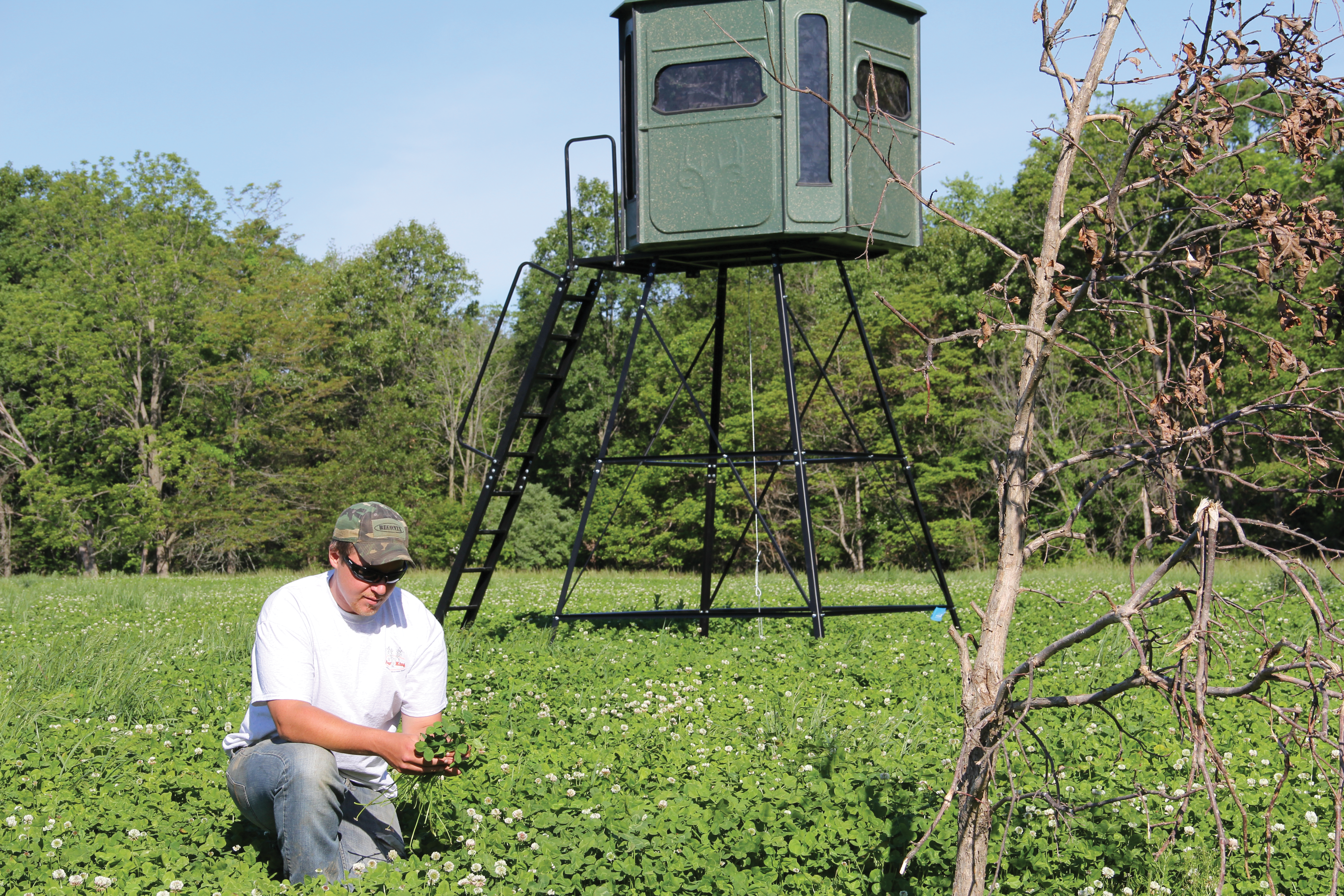
I explain this because many food plotters realize that deer tend to prefer white clover. The catch is that every white clover available has been bred for varying traits. Some are more desirable to deer than others and their hardiness will vary wildly.
For that reason, I feel the need to point out that when I’m talking about clover, I’m specifically referring to Antler King’s Trophy Clover. I have conducted many field trials with this seed, as closely as I could to those that I conducted for the seed company in college. Antler King’s Trophy Clover, as well as their Honey Hole brassica mix, consistently come out on top for the criteria that I value the most. So, when discussing clover and brassicas, those are the specific seed blends that I’m referring to. This is important to note, as results with others may vary.
With that in mind, here is how I consistently get more than seven years of production out of my clover plots.
It all begins with soil testing and properly amending the soil for clover. I usually plant cereal rye the fall before in the selected plot. Doing so enables me to return in late February or March to frost seed clover into last year’s annual crop. When doing so, I seed at 125% the suggested rate and the cereal rye serves as its cover crop. Its ability to allelopathically control weed competition helps combat grasses and broadleaf weeds, but doesn’t impact the clover.
I let that grow until late summer, when I mow the crop for the first time. After that, I merely frost seed each late winter, now at 50% of the suggested rate, spray a grass-only killer once in late spring/early summer, then mow several weeks later and once again in late summer, and apply fertilizer every second year. I continue repeating that cycle until I swap the plot out for something else or when too many weeds start taking over.
When one considers its highly digestible protein levels, the raw tonnage of forage it produces, its comparatively low cost and maintenance, as well as its year-round ability as a food source, and even its eight to nine month production in the harsh winter regions, clover is a heck of a good choice.
3. Brassicas
The differences in varieties are significant in the brassica family of plants, as well. This large family of plants has the reputation as being a great late-season option, as frosts bring the sugars up from the roots of many of its members. When that occurs, the deer can go from ignoring them, to wiping out brassicas in the time that it takes for a hard frost to hit.
But, for as good as brassicas can be as a late-season option, the right mix of strains can result in season-long drawing power for a brassica plot.
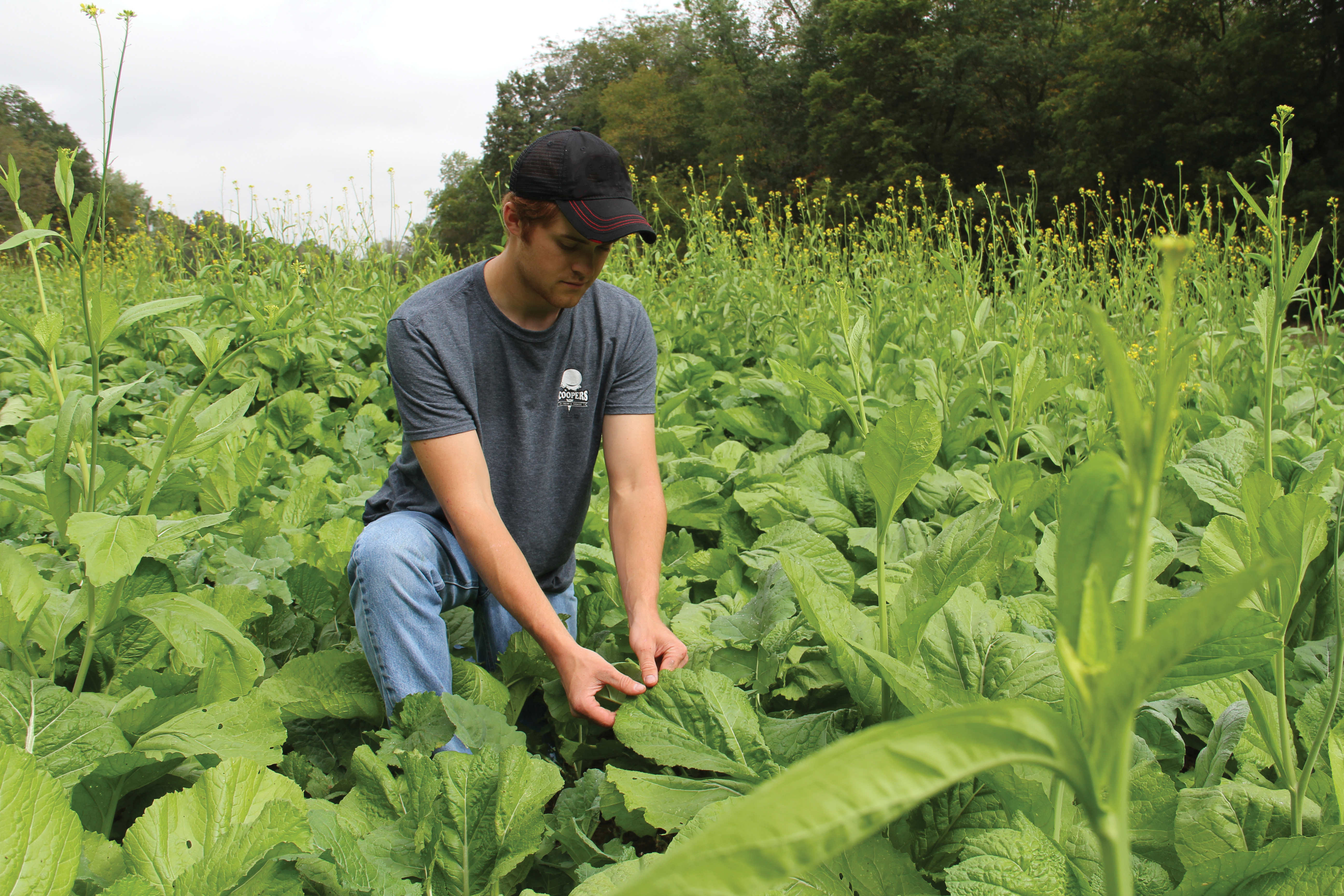
This was made painfully obvious to me than when managing ground in southeast Minnesota. Within a half-mile of a 2-acre food plot location, deer could find corn, beans, alfalfa, clover, acorns and a surplus of apples, just to name the bigger draws. Still, the 2 acres of Antler King’s Honey Hole that I planted was completely wiped out by before the first week in October. With the germination and growth rates being optimal, I was shocked.
When troubleshooting the situation with the owner, he suggested the brand that he’d always used, as the deer didn’t touch them until after a couple of frosts. When I planted 1/2 acre in that same location the following year, the plot wasn’t touched before November and lasted beyond the end of the season.
The reason for that stark difference was merely the specific brassica strains used. Most brassica mixes contain varieties that peak in desirability after frosts, whereas Antler King’s Honey hole was specifically designed to offer highly attractive early-, mid- and late-season varieties.
Honey Hole also tests extremely well all winter long. As Todd Stittleburg, founder and developer of Antler King Products for the last 30 years recently told me, “I sent random samples of Honey Hole that I collected from a farm in Wisconsin in February to be tested. If you can offer added energy and protein in January it is important, but it is critical in February. If we can turn deer on to a food source with energy close to and with protein three times higher than corn, that’s a really big and helpful deal! That can make a big difference in animal health, survival, reproduction and rack sizes — and we have just that with Honey Hole.”
In fact, it tested at 25.4% protein, in February, well after the plants fully matured.
To get added production in brassica plots, once they reach 4 to 8 inches high, I top seed about 100 pounds per acre with a mix of three parts cereal rye and one part oats into the brassica plot. Since those seeds will just be spread on top of the dirt, timing this before an all-day soaking rain is best.
By letting the brassicas germinate first, they have a head start on growth, allowing them to stay ahead of the mix. That is, until the deer start hammering the brassicas. Then, as the brassicas are browsed down, the mix of rye and oats continues feeding the deer.
Finally, although I’ll go higher than the suggested seed rate on most all other plantings, I won’t on brassicas. The brassica family has a high tendency for preferring elbow room. If you want to grow big brassicas they need space. It’s the one seed blend that I’d rather plant light than heavy, as production really suffers when planted too thick.
4 and 5. Corn and Soybeans
Frankly, I use as little corn and soybeans as I can get away with each year. As often as not, I’m buying corn and beans back from farm renters at their input costs. Depending on the quality of the crop produced, the input costs per acre of corn range from $300 to $450 an acre. For soybeans they run from $150 to $300 per acre.
That right there is why I plant and/or buy back as little corn and beans as needed to reach the property owners’ goals. They are expensive crops to plant for deer food plots, considering that I can plant any of the other crops listed in this article at a small fraction of those costs.
With that being said, soybeans are good at feeding deer from a few weeks after emergence until the pods are finally wiped out by deer, hopefully in the middle of, or later in winter. Beans and their greenery offer good nutrition that entire time.
Corn is high in energy, which can be very important to prep for the rut and then survive winter, but otherwise it’s rather low in nutritional benefits. At the same time, corn isn’t nearly as consistent of a deer food source. They’ll feed on the young stalks, but lay off as they mature. Then, they hit the dried corn again.
The biggest reason that I plant corn and soybeans is to allow the deer to feed on both, without the need to leave the property. When a property has a lot of acres of food plots to use, that’s when I’m adding corn and beans.
When planting the beans or corn specifically for deer, my first step is to try to score free seeds. Various wildlife organizations often give them away. Another option is to become friends with the local seed co-ops. They can’t or won’t sell seed produced the year before. Get to be good enough friends with them and one can get lucky and have them save those seeds for you.
When the seeds are free or cost very little, it becomes much easier to do what I’m about to suggest. That’s to double plant corn and beans that will be left for the deer. After doing the north/south rows like normal, go back over the same plot with east/west rows. If you put that in a good location for deer, you can pretty much bank on them thinning out your crop. Double planting allows for smaller acreages to survive heavy deer browsing and still often produce an acceptable crop.
Then, as the cherry on top, top seed the same 3:1 ratio mix of cereal rye and oats right into the standing crops in late summer or early fall. Do that and you just greatly extended the life of and tonnages produced by the plot, while also building soils and offering more of a smorgasbord feeding option.
Conclusion
Just as I mentioned at the beginning of this article, next to nothing in the habitat improvement or hunting worlds will work best for everyone, in every situation. After having personally broken dirt for food plots all over the Midwest and points north, these are the five plantings that I’ve found to work best for me, in my specific situations in accomplishing my specific goals. I sure can’t promise that you will be as thrilled with all of these plantings as I have been. But, if you aren’t happy with your plots’ production rates, these are good places to start your search for something that will produce the results you are looking for.
— Steve Bartylla has been a Deer & Deer Hunting contributor for more than 25 years. He is cohost of Deer & Deer Hunting-TV on Pursuit Channel, and host of DeerTopia and two top-rated online shows: Grow ’em Big and Hunt ’em Big at www.deeranddeerhunting.com.









































